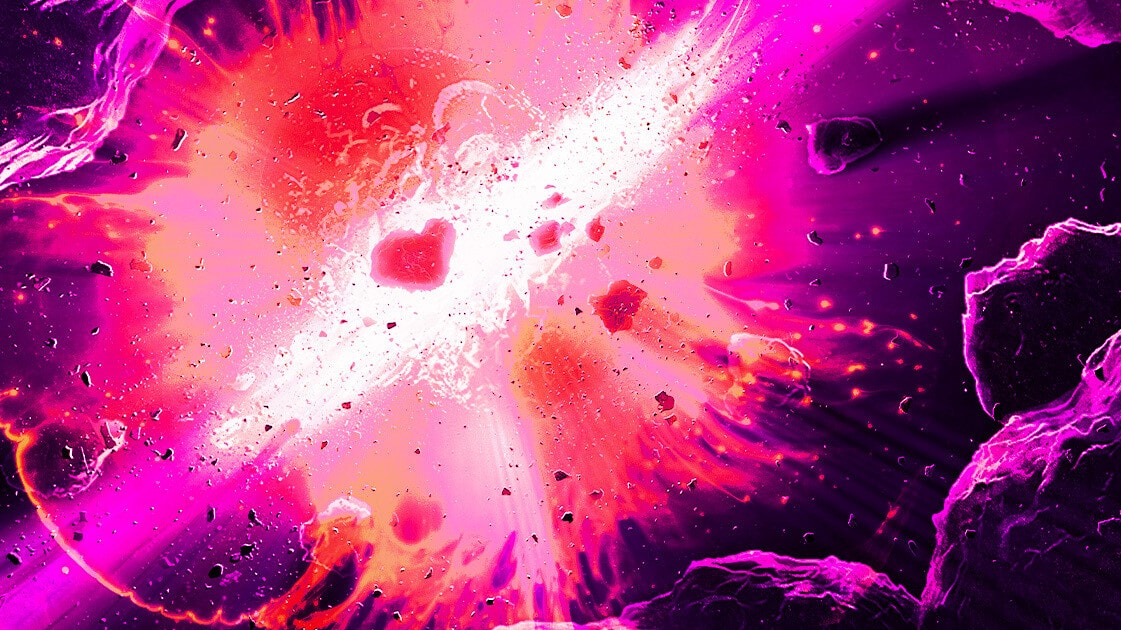
James Webb telescope spots evidence of gigantic asteroid collision
What's the story
NASA's James Webb Space Telescope has discovered signs of a massive collision, between two enormous asteroids in the Beta Pictoris star system. This system is approximately 63 light-years away from our planet. The telescope's advanced infrared capabilities enabled it to detect the cosmic dust resulting from this collision. The Beta Pictoris system is known for its two gas giants, Beta Pictoris b and c.
Research findings
Dust clouds in Beta Pictoris system suggest collision
Christine Chen, an astronomer at Johns Hopkins University, has been studying the Beta Pictoris system since 2004. Her initial research identified two large dust clouds composed of crystalline silicates, particles typically found around young stars and other celestial bodies. However, by 2023, these dust clouds had vanished, leading Chen to hypothesize that they were the remnants of a collision between two giant asteroids.
Insights
Asteroid collision's aftermath offers insights
Chen's research suggests that the dust resulting from the asteroid collision was finer than pollen, and had a combined mass exceeding 100,000 times that of the asteroid, which wiped out the dinosaurs. The relative young age of the Beta Pictoris star system, at just 20 million years old, makes it a suitable subject for studying early stages of planetary development. According to Chen, this system could potentially offer insights into what our solar system looked like in its early years.
Telescope data
JWST's role in understanding planetary formation
The JWST's observations were facilitated by comparing recent data with that collected by the Spitzer Space Telescope between 2004-05. This comparison showed significant changes in the energy signatures of dust grains around Beta Pictoris. The telescope's powerful instruments allowed for detailed measurements of the dust's size and composition, providing insights into the materials involved in planetary formation.